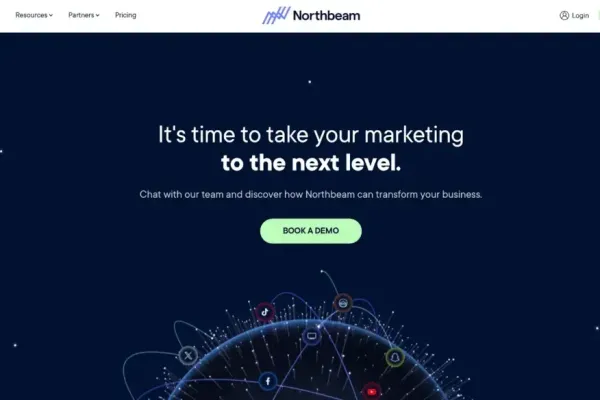"Spin the Wheel" pop-ups are a type of gamified opt-in tool used on e-commerce websites to engage visitors and capture email addresses by offering them a chance to win discounts or prizes. They are based on "Wheel of Fortune", an American television game show that has aired since 1975. While these pop-ups might seem like a fun and engaging way to interact with potential customers, they often end up being more annoying than effective.
1. Disruption of User Experience
Interruptive Nature
- Immediate Distraction: When users visit a website, they usually have a specific intent, such as browsing products or seeking information. A "Spin the Wheel" pop-up interrupts their experience, forcing them to deal with the pop-up before they can continue.
- Focus Shift: This sudden shift in focus can be jarring and may cause frustration, leading users to leave the site rather than engage with the pop-up or the content they initially came for.
Unwanted Gamification
- Not Everyone Likes Games: While gamification can be an effective engagement strategy, it doesn’t appeal to everyone. Some users find such tactics gimmicky or irrelevant to their shopping experience.
- Perceived Value: If users perceive the game as a trick to collect their email addresses rather than offering genuine value, they may feel manipulated and leave the site.
2. Increased Load Times
Additional Scripts
- Performance Impact: "Spin the Wheel" pop-ups typically require additional scripts and resources to function. These can slow down the page load time, especially on mobile devices.
- User Patience: Users are generally impatient with slow-loading websites. If a pop-up causes noticeable delays, it can contribute to higher bounce rates as users abandon the site in frustration.
3. Mobile Usability Issues
Screen Space
- Limited Space: On mobile devices, screen space is limited. A large pop-up can take up most of the screen, making it difficult for users to navigate or close the pop-up without accidental clicks.
- Accidental Interactions: Users may accidentally interact with the pop-up when trying to scroll or navigate, leading to frustration and potential abandonment of the site.
4. Perceived Desperation
Brand Image
- Negative Perception: Frequent or aggressive pop-ups can give the impression that the brand is desperate for email addresses or sales. This can undermine trust and credibility.
- Spam Concerns: Users wary of spam may avoid engaging with the pop-up and leave the site, fearing that their email address will be used for excessive marketing communications.
5. Poor Timing and Frequency
Immediate Pop-Ups
- Premature Engagement: Displaying a pop-up immediately upon page load doesn’t give users a chance to explore the site first. This premature engagement can be off-putting.
- Frequency: If users encounter the same pop-up on every visit or on multiple pages, it can become increasingly annoying, leading to a higher likelihood of them bouncing from the site.
6. Ineffective Incentives
Lack of Interest
- Generic Offers: If the incentives offered through the "Spin the Wheel" pop-up are not compelling or relevant to the user’s interests, the pop-up fails to engage and merely disrupts the experience.
- Low Perceived Value: Offering minimal discounts or unappealing prizes can result in users ignoring the pop-up or feeling that it’s not worth their time, prompting them to leave the site.
Strategies to Mitigate Negative Effects
Improved User Experience
- Exit-Intent Pop-Ups: Instead of triggering the pop-up immediately, use exit-intent technology to display it when the user is about to leave the site. This approach is less intrusive and can be more effective.
- Delayed Pop-Ups: Implement a delay before showing the pop-up, allowing users to explore the site first and get interested in the content or products.
Mobile Optimization
- Responsive Design: Ensure the pop-up is optimized for mobile devices, with a design that doesn’t obstruct the entire screen and is easy to close.
- Minimize Load Impact: Use lightweight scripts to minimize any negative impact on page load times.
Tailored Incentives
- Personalized Offers: Customize the incentives based on user behavior or preferences to make the offers more relevant and appealing.
- Exclusive Deals: Offer exclusive deals or significant discounts to make the pop-up feel more valuable and worth the interaction.
Clear and Trustworthy Messaging
- Transparency: Be transparent about what users will receive and how their information will be used. This builds trust and reduces concerns about spam.
- Professional Design: Ensure the pop-up design aligns with your brand’s image and conveys professionalism and credibility.
Final Thoughts
While "Spin the Wheel" pop-ups can be a fun and interactive way to capture email addresses, they often disrupt the user experience, lead to longer load times, and can be perceived as desperate or gimmicky. By carefully considering their implementation, optimizing for user experience, and offering genuine value, you can mitigate these negative effects and potentially turn the pop-up into a more effective engagement tool. However, it’s crucial to balance engagement strategies with user experience to avoid driving users away and increasing bounce rates.








